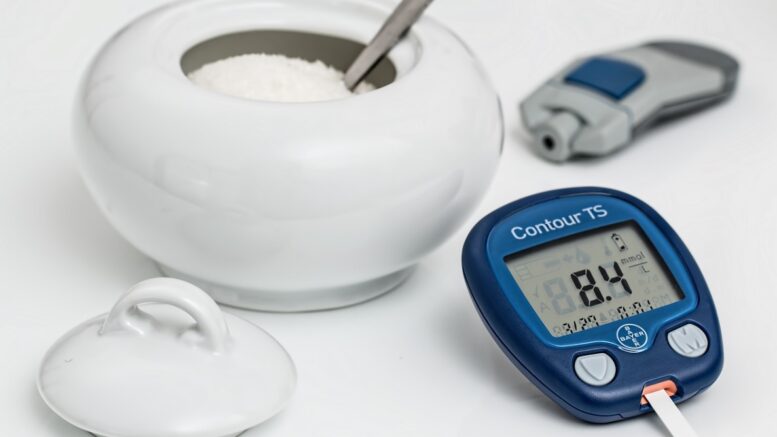The recently released CDC 2022 National Diabetes Statistics Report reveals that more than 130 million adults in the US are living with either diabetes or prediabetes. However, the more important detail revealed by the report involves the fact that there’s a higher prevalence of diabetes in those who are poor. While the disease is manageable, the costs are not if you are not careful.
Diabetes costs can add up over time. An old American Diabetes Association (ADA) report revealed that people with diabetes have 2.3 times higher medical expenditures than those who don’t have diabetes. However, there are ways in which people with diabetes can save on their medical costs so that managing diabetes doesn’t leave them with a gaping hole in their bank balance.
A diabetes diagnosis is often accompanied by a laundry list of expensive supplies and medications to keep up with. These include insulin, oral medications, glucose tablets, syringes, lancets, and test strips. According to ADA, 1 in 4 diabetics say they self-ration medications, and 3 million said they skip blood glucose tests.
However, we are here to tell you that it’s manageable. There are more ways than one now to manage these diabetic care costs and also look after your health. Let’s take a look.
Let Your Diabetes Care Team Know
Your diabetes care team includes your primary care physician, endocrinologist, diabetes educator, and pharmacist. It’s best to be honest with them about your finances and how much you would appreciate ways to cut down on medicinal costs. If anyone, they can help you steer towards informed cost-saving options.
A majority of people never discuss costs with providers. Be upfront with them about any issues you might be facing in keeping up with insulin or other medications. These could be for various reasons, like loss of insurance coverage or jump in copay. Depending on your situation and condition, the team might suggest measures like single combination pills instead of multiple drugs, generic instead of brand name, alternative treatments, discount drug cards, and more.
Go Through Health Plan Formularies
It’s advised to go through your health plan formulary with a fine comb to cut medicinal costs. A formulary is a list of drugs – generic or brand name, covered by your insurance plan for the uninitiated. It’s particularly more important to review the formulary against your prescription before annual enrollment.
Check the formulary for options like copay, approved pharmacies, and preferred durable medical equipment, including diabetes devices and supplies. Even insignificant things like glucose strips for the diabetic meter can make a difference, as these are the costs that truly add up over time before anyone realizes it.

Sell Unused Diabetic Test Strips
Speaking of diabetic test strips, did you know you can get more cash for test strips by selling them? Unless Medicaid or Medicare provides the diabetic test strips, it’s perfectly legal to sell them in the market. The federal government pays for test strips provided by Medicaid or Medicare, and they will come with a clear red line on the packaging. Additionally, you cannot sell used, expired, and tampered packages of test strips.
On the other hand, if you have purchased your test strips over the counter against a prescription, you can legally sell them. The requirement to monitor blood sugar levels varies from person to person. While some may need to monitor throughout the day, others might have to do it once a day or every other day. And for some people with diabetes, it may no longer be necessary to monitor blood sugar levels after a while. Pregnant women with gestational diabetes are an example of such patients.
These people might have excess strips they do not need to use anymore, so they can sell their unused strips in the market for extra cash, as long as the packaging is intact.
Explore Pharmacy Saving Options
Another way to save on diabetes medicines and supplies is to ask your pharmacy about any potential savings if you buy in bulk or a longer-duration prescription. Moreover, there could be a lower cash price for the medication instead of paying through insurance.
Enquire about saving offers like price matches, prescription savings clubs, discount coupons, loyalty cards, etc. Additionally, use free routine prescription services like auto-refill, convenient pillbox, free home delivery, and so on.
These are some of the best strategies to save on your diabetes care and medication. Be smart with your health plan, don’t be afraid to ask your diabetes care team and pharmacy about ways to save money, and be upfront about your financial concerns.
